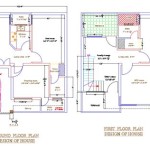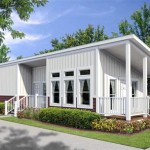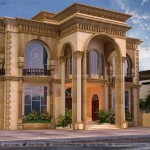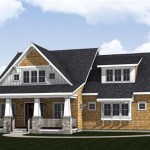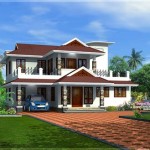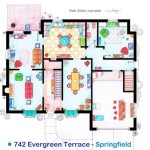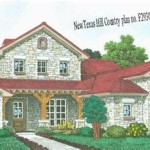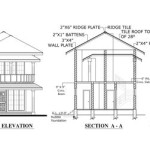Essential Aspects of Plans for Bluebird Houses
Bluebirds are delightful and beneficial birds that contribute to pest control by consuming insects and their larvae. Building a bluebird house can provide a safe and suitable nesting spot for these charming creatures, facilitating their nesting success and contributing to their conservation efforts. To achieve optimal results, it's crucial to follow specific guidelines when designing and constructing bluebird houses.
Location and Placement
Choose a location that receives ample sunlight throughout the day, away from tall trees and buildings that may block sunlight or attract predators. Position the house 5-6 feet above the ground, facing the southeast or east to provide protection from harsh winds and direct sunlight. Keep the entrance hole clear of potential obstructions like branches or leaves.
Dimensions and Structure
The ideal dimensions for a bluebird house are 5x5x8 inches (width, depth, height), with a 1.5-inch entrance hole located 6-8 inches above the floor. The floor should be flat or slightly sloped towards the entrance hole to facilitate drainage. Use untreated wood, such as pine or cedar, that is at least 1 inch thick for durability and insulation.
Ventilation and Drainage
Proper ventilation is essential to prevent moisture buildup and maintain a comfortable environment for the nestlings. Incorporate ventilation holes near the top or side of the house, ensuring they are small enough to prevent nestlings from escaping. Drainage holes in the floor allow excess moisture to drain, keeping the nest clean and dry.
Predator Protection
Bluebird houses can attract predators like snakes or cats. To deter predators, install a predator guard around the entrance hole or place the house on a predator-proof pole. You can also paint the house with predator-resistant paint or wrap metal flashing around the base to prevent crawling predators from accessing the nest.
Cleanliness
Regularly clean the bluebird house to remove old nesting material, parasites, and mites. Clean the house twice a year, once in the fall after nesting season and again in the spring before the breeding season. Wear gloves and use a mild bleach solution to disinfect the house and rinse thoroughly with water. Avoid using insecticides or pesticides.
Additional Tips
Consider adding a perch below the entrance hole to allow the birds to rest and inspect the house before entering. Paint the exterior of the house with a light-colored, non-toxic paint to reflect sunlight and keep the interior cool. Monitor the bluebird house regularly for signs of activity, such as nesting material or bird droppings. Enjoy the presence of these beautiful and beneficial birds in your backyard, and contribute to their conservation efforts by providing a safe and suitable nesting habitat.

Eastern Bluebird Birdhouse 70birds Plans Index

Bluebird Birdhouse Plans Complete Step By Instructions For Building A Bird House

Going To Be Building Several Bluebird Nesting Boxes Help Keep The Bugs Out Of My Garden House Plans Bird

Free Bluebird House Plans Multiple Designs

Bluebird Birdhouse Plans Complete Step By Instructions For Building A Bird House

Western And Mountain Bluebird Birdhouse 70birds Plans Index

Eastern Bluebird

Eastern Bluebird Maryland S Wild Acres

Bluebird House Plans Free Construct101

Bluebird Nest Box Plans To Build From Scraps

